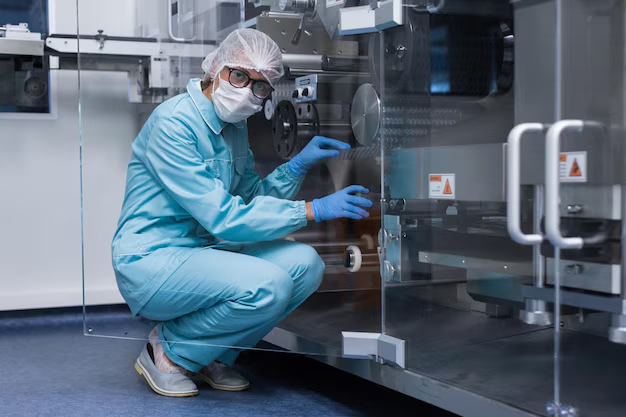How to Become a Sterile Processing Technician: Essential Degrees and Certifications
Navigating the path to becoming a Sterile Processing Technician requires a keen understanding of the educational and certification landscape. This vital healthcare role ensures surgical instruments and medical equipment are sterile and safe, a responsibility that beckons for well-trained professionals. Although a college degree isn't mandatory, aspiring technicians would greatly benefit from completing a formal training program. These programs, often available at community colleges or vocational schools, can provide concentrated learning in essential sterilization techniques, infection control, and decontamination processes.
To enhance employability, obtaining certification is a smart move. The Certified Registered Central Service Technician (CRCST) offered by the Healthcare Sterile Processing Association (HSPA) is a prominent credential in the field. This certification not only validates your expertise but also signals commitment to maintaining industry standards. With hospitals and healthcare facilities prioritizing patient safety, having such credentials can significantly boost your career prospects. Whether you are starting or advancing in this field, a blend of targeted education and recognized certification serves as a powerful toolkit in pursuing excellence as a Sterile Processing Technician.
Pathways to Becoming a Sterile Processing Technician
-
🎓 Formal Training Program
Community colleges or vocational schools offer programs focusing on sterilization and infection control. -
�� Certification
- Certified Registered Central Service Technician (CRCST) by HSPA
- Certified Sterile Processing and Distribution Technician (CSPDT) by CBSPD
-
🔍 Continuing Education
Encouraged for maintaining certification and staying updated on new technologies and standards.
